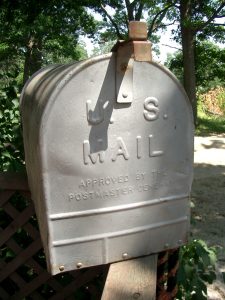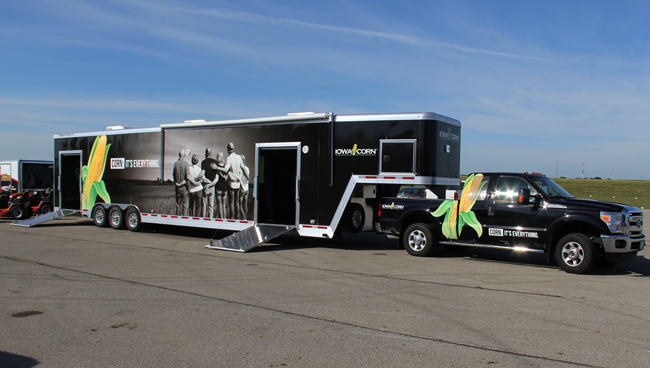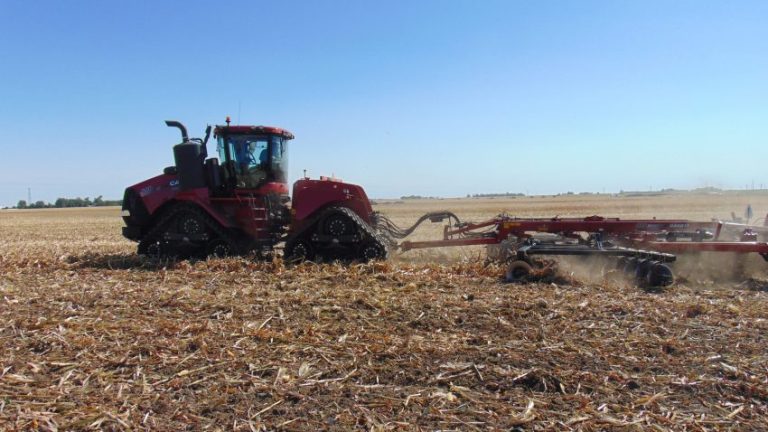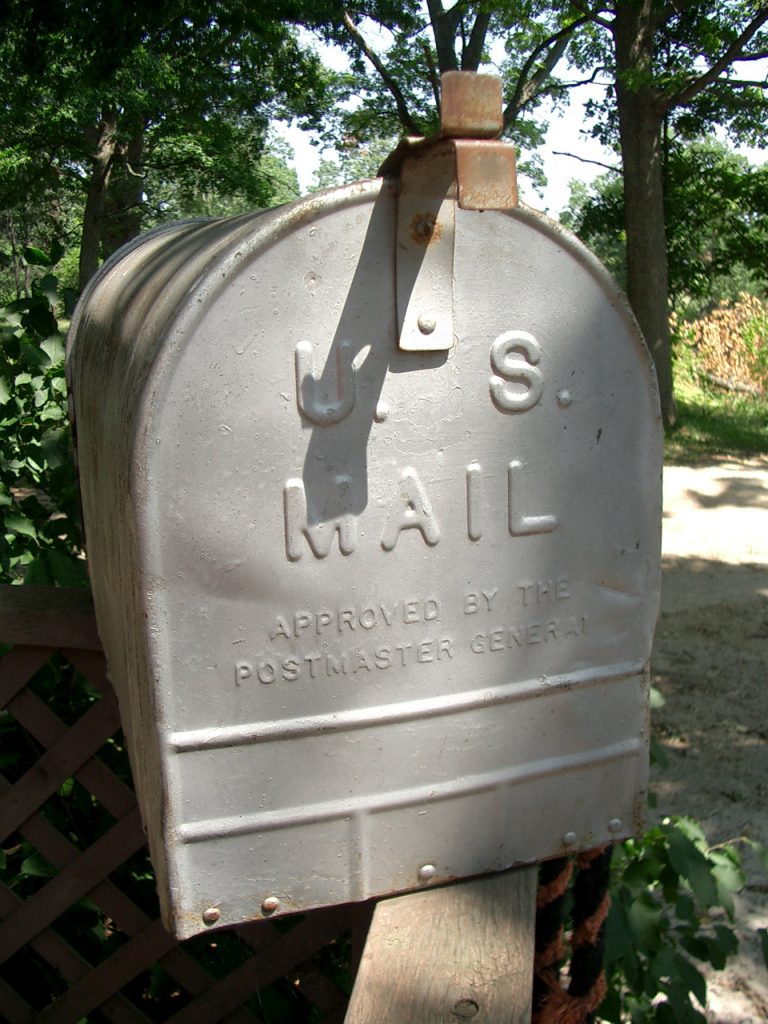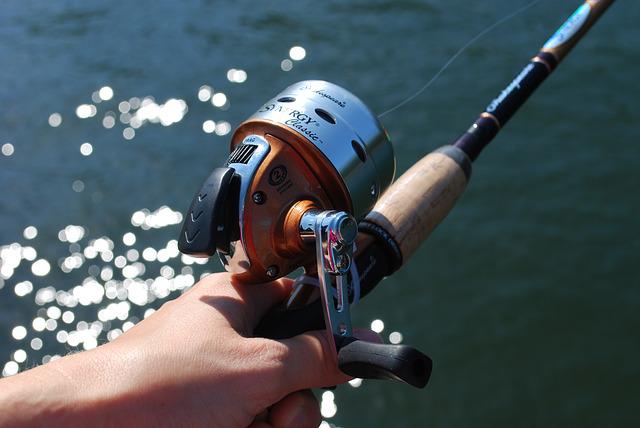Statewide Iowa — Iowa is the leading producer of field corn. In 2016, Iowa produced 18% of all corn grown in the United States. While there are endless rows of field corn across the state, this is not the corn on your dinner plate.
Iowa State University Extension and Outreach specialists say sweet corn accounts for less than 1%, or 3,400 acres of corn in Iowa. Field corn and sweet corn are close relatives. Sweet corn is a naturally occurring genetic mutation of field corn. The sweet corn plant is shorter, matures faster and its kernels have a higher sugar content. It often becomes a mealtime staple during the months of July and August.
The key to great sweet corn is to pick it at its prime. Sweet corn is ripe when the husks are bright green and moist. The silk should be stiff, dark and moist. You should be able to feel the individual kernels by pressing gently on the husk.
Fresh corn should be cooked and served the day it is picked or purchased. As soon as corn is picked, the sugar in the corn begins changing to starch. This reduces the sweetness of the corn. It is best to keep the corn moist and cool between picking, purchasing and cooking to help the corn stay sweet.
Have you ever heard of cooking sweet corn in a cooler? It is not hard to find recipes for cooking sweet corn in a cooler online or on social media. But is it not safe. Coolers may harbor millions of germs from other foods, which can lead to foodborne illness. Also, and most importantly, coolers are designed to keep foods cold, they are not to be used for cooking.
For tasty and safe ways to prepare corn, watch basic sweet corn preparation at the Spend Smart Eat Smart website and try these cooking ideas.
Baked – peel off the first couple layers of husk; soak the whole cobs in water for 15 minutes to provide extra moisture for cooking; preheat oven to 375 degrees; pull back the husks (do not remove them) to remove the silk; add seasoning to the corn if desired and position the husks back over the kernels and tie each ear with twine; place ears in a single layer directly onto the oven rack or onto a baking pan; bake 20-25 minutes or until corn is tender.
Boiled – choose a pot large enough to hold the corn you want to cook with room for water to cover the corn; fill with water and bring water to a boil; add ears of sweet corn and cook for 5-6 minutes.
Grilled – peel off the first couple layers of husk; soak the whole cobs in water for 15 minutes to provide extra moister for cooking; preheat grill to 350 degrees; pull back the husks (do not remove them) to remove the silk; add seasoning to the corn if desired and position the husks back over the kernels and tie each ear with twine; place ears on grill and rotate to keep them from charring too much on one side; after rotating a few times place the ears on indirect heat (side of grill or top shelf); cook for 15 minutes; remove from grill when the husk picks up the dark silhouette of the kernels.
Microwaved – remove husk, silks and rinse; place two to four ears of corn in microwave safe dish; add 1/3 cup water; cover dish with plastic wrap leaving one corner open; place dish in microwave and cook on high for 3 minutes per ear of corn.
If you’re interested in learning more about gardening contact your ISU Extension and Outreach county office about the Master Gardener program. Training begins across the state this fall.

